Car Body Shop Repair Process: Assess, Plan, Restore

Car body shop repair begins with a thorough assessment of damage, using visual inspection and diagno…….
Welcome to an in-depth exploration of the world of car body shops—essential facilities that play a pivotal role in the automotive industry. This article aims to guide readers through the intricate workings, global impact, and future prospects of car body shops, offering valuable insights for professionals, enthusiasts, and anyone interested in understanding this critical sector. By the end, you’ll grasp why these workshops are not just about fixing cars but also driving innovation, economic growth, and sustainable practices.
Definition: A car body shop, often referred to as a collision repair facility or automotive body shop, is a specialized workshop focused on restoring damaged vehicles to their pre-accident condition. It involves skilled technicians mending structural damage, replacing parts, and ensuring the vehicle’s safety and aesthetics.
Core Components:
Workbay/Workstations: These are the dedicated areas where various repair tasks are performed. Each bay is equipped with specialized tools and equipment tailored to specific repairs, such as body framing, painting, and panel beating.
Computerized Diagnostic Equipment: Modern car body shops utilize advanced diagnostic tools to identify electronic issues within vehicles, ensuring that repairs are not just cosmetic but comprehensive.
Painting Facilities: A dedicated painting booth is a crucial component, housing state-of-the-art spraying equipment and environmental controls to ensure precise color matching and efficient drying.
Inventory Management System: Efficient storage and management of replacement parts are vital for prompt repairs. This includes organized warehouses and digital systems to track inventory levels.
Historical Context: The roots of car body shops can be traced back to the early 20th century as automobiles became more prevalent. Initially, these workshops focused on basic repairs and mechanical services. Over time, with advancements in vehicle technology and safety standards, body shops evolved to specialize in structural repairs, painting, and refinishing.
The car body shop industry has a profound global impact, serving as a critical link between automotive manufacturers, insurance providers, and vehicle owners. Here’s an overview:
Geographic Distribution: Car body shops are ubiquitous, with dense concentrations in urban areas due to higher vehicle ownership and accident rates. However, remote regions also possess dedicated facilities, ensuring accessibility to essential repair services.
Market Size: The global collision repair market was valued at USD 145 billion in 2020 and is projected to grow at a CAGR of 5.8% from 2021 to 2028 (Source: MarketWatch). This growth is attributed to rising vehicle sales, aging fleets, and stringent safety regulations.
Regional Disparities: North America dominates the market due to its robust automotive industry and strict safety standards. Europe follows closely, with a focus on advanced repair technologies. Asia-Pacific is witnessing rapid expansion, driven by increasing urbanization and middle-class car ownership.
From a macroeconomic perspective, car body shops are integral to the automotive ecosystem, contributing to:
Job Creation: These facilities employ a significant number of skilled technicians, painters, and support staff, providing stable employment opportunities.
Economic Multiplier Effect: According to a study by the Automotive Service Association (ASA), for every $1 billion in direct spending on auto repair, an additional $3.56 billion is generated in economic activity (ASA, 2021).
Investment and Business Opportunities: The industry attracts substantial investment, with businesses focusing on expanding facilities, adopting new technologies, and improving customer services to gain a competitive edge.
Car body shops have embraced technology to enhance efficiency, precision, and safety:
Robotic Welding: Automated welding systems reduce manual labor, improve accuracy, and increase productivity. These robots can handle complex tasks, ensuring consistent quality.
Computerized Paint Matching: Advanced color-matching software ensures precise color replication, reducing the time and effort required for painting repairs.
Laser Technology: Lasers are used for precision cutting, welding, and even structural repair, offering unparalleled accuracy and speed.
Virtual Reality (VR) Training: VR simulators provide immersive training environments, allowing technicians to practice complex procedures in a risk-free setting.
The car body shop industry operates within a framework of stringent regulations and standards:
Safety Standards: Organizations like the National Highway Traffic Safety Administration (NHTSA) in the US and similar bodies worldwide set safety standards for vehicle repairs, ensuring structural integrity and passenger protection.
Environmental Regulations: Strict environmental laws govern waste management, particularly hazardous materials like lead and asbestos, during repair and recycling processes.
Licensing and Certification: Technicians and body shop owners often require specialized licenses and certifications to ensure competent and safe practices.
Insurance Industry Collaboration: Car body shops work closely with insurance providers, following agreed-upon procedures for damage assessments and repairs to facilitate smooth claims processing.
Despite its significance, the car body shop industry faces several challenges:
Skills Shortage: The demand for skilled technicians often outstrips supply, leading to workforce shortages. Addressing this requires investment in training programs and attracting young talent.
Increasing Insurance Deductibles: Higher insurance deductibles encourage drivers to opt for do-it-yourself repairs or cheaper, less specialized shops, impacting the industry’s revenue.
Environmental Concerns: The use of volatile organic compounds (VOCs) in paints and solvents raises environmental issues. Shops must adopt eco-friendly practices and technologies to mitigate these concerns.
Strategic Solutions:
Skills Development Programs: Collaborating with educational institutions to create comprehensive training programs can address the skills gap.
Incentive Programs: Insurance companies could offer incentives for using specialized body shops, promoting quality repairs and customer satisfaction.
Eco-Friendly Technologies: Encouraging the adoption of green technologies and practices will reduce the environmental footprint of car body shops.
This pioneering shop in Germany embraced sustainable practices, becoming a model for eco-friendly collision repair. They utilize recycled materials, water-based paints, and energy-efficient equipment. GreenCar’s commitment to sustainability has attracted environmentally conscious customers and earned industry recognition for its innovative approach.
Located in California, TechAuto integrated advanced robotics and AI into its operations, revolutionizing the repair process. Their robotic welding system reduces repair time by 30% while ensuring precision. Additionally, their AI-powered damage assessment tool provides accurate, real-time estimates, enhancing customer satisfaction.
In response to the skills shortage and urban mobility challenges, a startup in Tokyo established a community-driven body shop. They offer affordable repairs and provide training programs for young people interested in automotive careers. This initiative fosters local economic growth and addresses the need for skilled workers.
The car body shop industry is poised for significant growth, driven by several emerging trends:
Autonomous Vehicles: The rise of self-driving cars will create new repair scenarios, focusing on damage caused by accidents involving autonomous vehicles and their unique safety features.
Connected Cars: As vehicles become increasingly connected, the need for specialized diagnostic tools to address electronic failures will grow. Car body shops must adapt to these technological advancements.
Sustainable Practices: There is a growing demand for eco-friendly repair methods, pushing body shops to adopt greener technologies and practices. This includes sustainable material sourcing, energy-efficient operations, and reduced waste management.
Digital Transformation: The industry will continue to embrace digital tools, such as online booking systems, augmented reality (AR) for visual diagnostics, and blockchain for secure documentation and insurance claims processing.
Car body shops are more than just repair facilities; they are innovation hubs, driving technological advancements, environmental sustainability, and economic growth within the automotive sector. As the industry navigates challenges and embraces emerging trends, it plays a crucial role in shaping the future of transportation. By adopting new technologies, prioritizing skills development, and fostering sustainable practices, car body shops will remain essential contributors to the global automotive ecosystem.
Q: How do I choose a reliable car body shop?
A: Look for shops with proper certifications, experienced technicians, and positive customer reviews. Inquire about their warranty, repair process transparency, and use of original equipment manufacturer (OEM) parts.
Q: Are there any eco-friendly options for car body repairs?
A: Absolutely! Many modern body shops prioritize sustainability, using eco-friendly paints, recycled materials, and energy-efficient equipment. Ask about their green practices to ensure an environmentally conscious repair experience.
Q: Can I get my car repaired while it’s still under warranty?
A: It depends on the manufacturer’s policies. Some warranties allow for specialized repairs at authorized body shops, while others may require you to use the dealer’s repair services. Always check your warranty terms.
Q: How can I reduce the cost of car body repairs?
A: Compare quotes from multiple shops, consider using genuine parts (if within your budget), and ask about discounts or promotions. Also, maintaining your vehicle regularly can prevent more extensive and costly repairs.
Q: What should I do if my insurance company doesn’t cover specific repairs?
A: Understand your policy’s terms and conditions. If you believe the repair is necessary, document it with photographs and expert opinions. Contact your insurer to discuss your options and consider appealing their decision if you feel it’s incorrect.

Car body shop repair begins with a thorough assessment of damage, using visual inspection and diagno…….
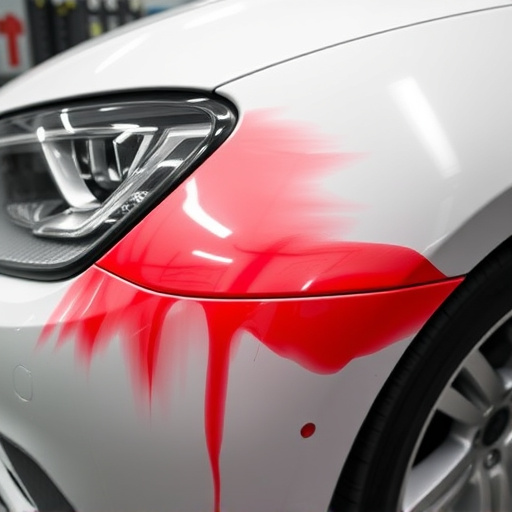
Modern car body shops face challenges repairing complex vehicle structures made with advanced materi…….
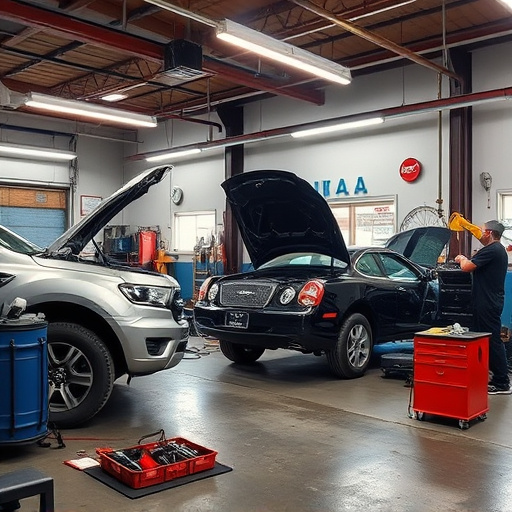
Choose a reputable car body shop offering diverse repair services from dent repairs to complex struc…….

After a collision, a reputable car body shop ensures vehicle safety and top-quality repairs. Technic…….
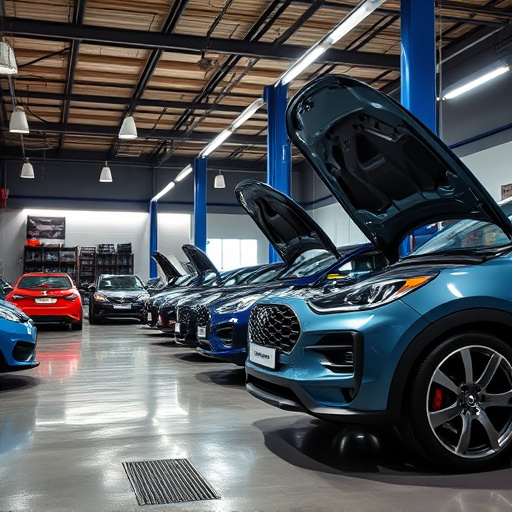
Comprehensive safety inspections in top-notch car body shops are vital for adhering to stringent sta…….
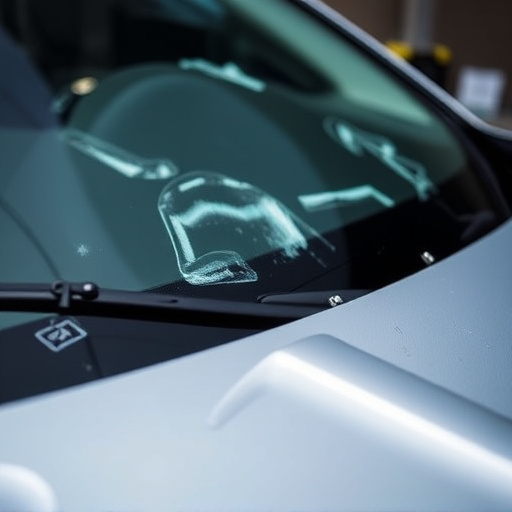
Skilled car body shop technicians in automotive collision repair master diverse skills from frame st…….
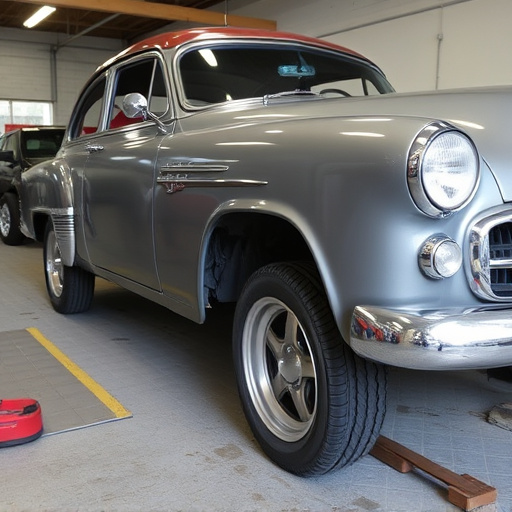
A car body shop conducts thorough damage assessments for all vehicle collisions, using advanced tool…….

Understanding auto insurance coverage for car body shop repairs is key after damage. Comprehensive a…….
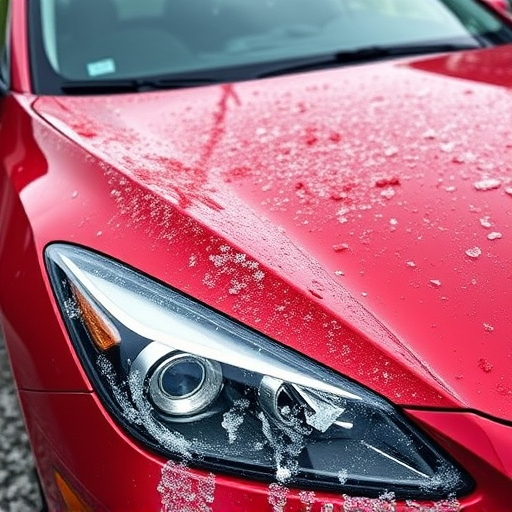
Car body shops offer expert collision repair for minor to severe damage. They assess dents, scratche…….